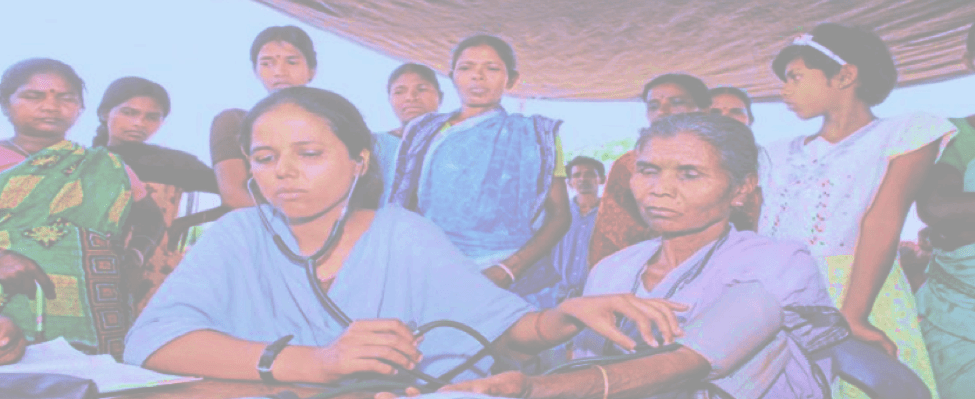NCD PROJECT – KAIWARA, KARNATAKA

INTRODUCTION
Non-communicable diseases (NCD), commonly known as chronic diseases, include diabetes, hypertension, cardiovascular diseases, stroke, etc. Globally, NCDs account for almost 60% of deaths and 46% of the burden of disease, according to a 2001 report from the World Health Organization (WHO). In India, changing lifestyles and work stress have given rise to chronic diseases, which account for an estimated 53% of deaths, and 44% of life years lost to disability adjustment. Ramaiah Group noticed this increase in chronic diseases and envisioned to protect the communities in KAIWARA village, to begin with, and serve the needy.
The study aims to check the risk levels for these diseases in a rural population of 21,496 distributed across 36 villages over a period of four years in Kaiwara, Karnataka.
FAST FACTS
TYPES OF CHRONIC DISEASES
PARTNERSHIPS
The study was spearheaded by the Ramaiah Group in collaboration with the State Government staff, Chikballapur District hospital, Chintamani taluk hospital, the rural health center at Kaiwara, and ICMR.
THE CHALLENGE
National Programs for controlling mental illness, diabetes, cancer, cardiovascular diseases, and other NCDs are at various stages of development in India. There is the absence of a full-fledged, comprehensive operational package for promoting health and intervention for the prevention of NCDs by integrating primary healthcare in rural, urban, and tribal communities. Indian studies on NCDs have been limited in scale and depth, Ramaiah group is filling this gap. They are unable to provide insights into the differences in the prevalence of NCDs in urban and rural areas, and among various ethnic groups.
The unavailability of well-researched, high quality of data related to NCDs is one of the major hindrances in developing appropriate and cost-effective prevention and control measures for NCDs. Our study was designed to fill this absence by collecting comprehensive data that can help set up a sustainable and feasible system to identify risk factors and prevent and control NCDs.
RESEARCH METHODOLOGY
The study was carried out in three phases targeting adults over 30 years of age who were divided into the control group and the intervention group. In phase one, information was collected from both groups in the study through a baseline survey and Knowledge Attitude and Practice (KAP) survey. During phase two, which lasted two years, an appropriate interventional tool in the form of intensive health education to promote healthy lifestyles and modify risk factors to prevent non-communicable diseases was developed and implemented separately for high-risk populations and the general population.
Post-intervention, phase three was launched, where a repeat survey along with KAP survey was carried out to evaluate the outcome of an intervention. The results obtained from this exhaustive study will enable long-term planning of NCDs control and prevention, which is currently in a nascent stage in India.
KEY LEARNINGS
Results from a pilot study carried out in one of the villages indicated that most of the people were not literate, and the prevalence of various morbidities was found for diabetes, hypertension, stroke, and heart attack apart from other health issues. Nineteen percent of males smoked beedis and 15% chewed tobacco while it was 27% for females. Measurements of the waist to hip ratio showed a high percentage of the population was at risk for cardiovascular disease. Only one-third of the population had appropriate knowledge concerning NCD.
OUTCOMES
- Obtained a profile of NCD and their risk factors in rural areas.
- Development of a comprehensive intervention package for educating the rural communities about the prevention of NCD by encouraging community participation and utilization of available resources.
- Change in attitude and lifestyle
- Reduction in the prevalence of risk factors for select NCDs

